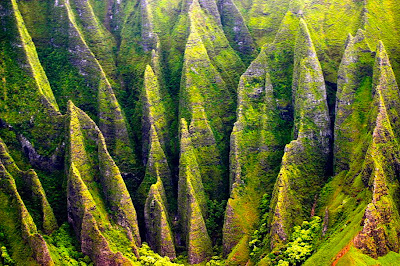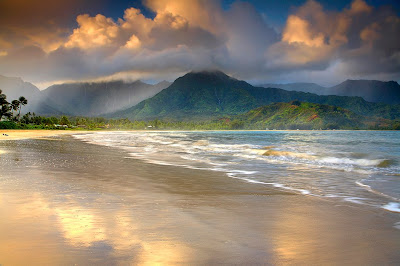Historical Background
The cage crinoline, the major fashion innovation for women in the1850s. During Romantic period, women used to wear Layers of petticoat, sometimes they are use up to six Layers of petticoat. The increasing width of womens skirts had led to the use of more and more stiffened petticoat.
When the hoop skirts of the 18th century were revived to hold out these voluminous skirts, the editor of Petersons Magazine hailed its revival in September, 1859.This skirts look like a farthingale. But at this time women started wearing farthingale again. The farthingale had changed, its name was called crinoline. This was made out of still. A crinoline is a light still frame work covered with fabric to distend a skirt.



